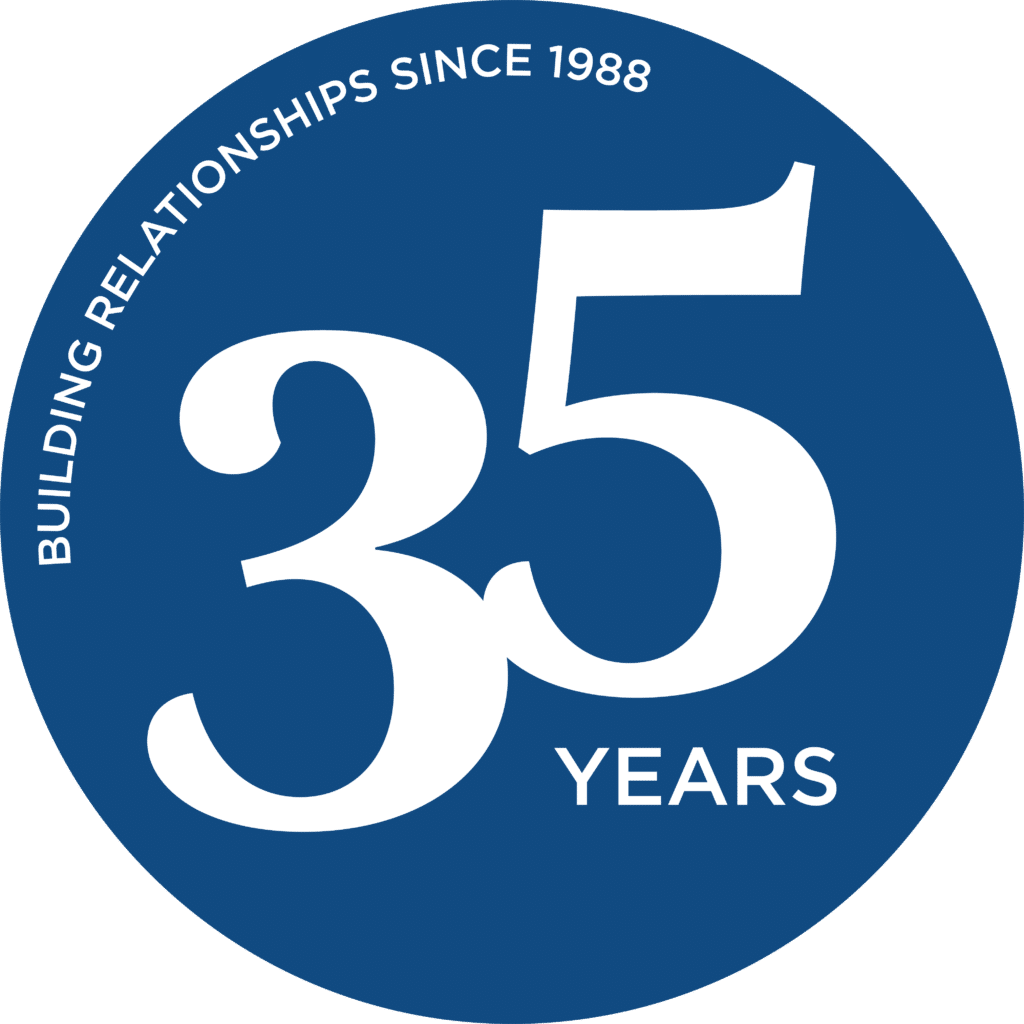Welcome to part three of our five-part thought leadership blog series, Elevating the Employee Experience for the New World of Work.
In the midst of the current pandemic, the social unrest after George Floyd’s death brought diversity and inclusion back to the number one spot on the agenda of many organizations who feel compelled to take immediate action. As a result, HR leaders are being relied upon heavily to guide businesses through tough conversations. Many companies have rushed to initiate unconscious bias trainings, set diversity hiring targets, and add minority-owned vendors to the supplier list. While these tactics do push organizations forward and serve to drive some measure of change, they only scratch the surface and likely overlook the most important piece in the diversity puzzle: inclusion.
Companies can hire diverse employees, but how will those employees feel when they get there? Will they be invited to share their most unique and creative ideas, or will they be asked to fit the current culture norms and leave their authentic selves outside? More than ever, top employees, no matter their age, race, or gender, are seeking inclusive workspaces where all the pieces of their whole selves are considered to be assets rather than weaknesses.
Making inclusion central to your culture and employee experience doesn’t happen overnight, but through deliberate effort and committed leaders, organizations can begin taking steps to ensure that all employees feel welcomed, celebrated, and trusted. Below are a few points for consideration when ramping up or reinforcing inclusive behaviors at your organization.
Do It for the Right Reasons
While great research has been done to highlight the business and financial returns that diversity provides, organizations will not obtain those results through representation alone. By positioning metrics at the forefront of the business case for diversity, the human factors associated with caring for your “most valuable assets” gets negated or forgotten altogether.
Organizations implementing new diversity-based initiatives with the sole intention of quelling disgruntled customers and employees may find that promises aren’t lived out day-to-day. Over time, this can erode trust and just-in-time efforts will fall on deaf ears. Leading with a focus on inclusion without tying it to return on investment or reputation will position you as a company who doesn’t just do things right, but who also does the right things.
Take a Systematic Approach
Inclusion is not a training event. As stated, trainings are a wonderful start when developing maturity around D&I in the workplace. For example, it is important to teach employees the skills needed to have challenging conversations while displaying empathy and staying within legal boundaries. However, to reinforce behaviors, learning in training, policies and procedures should be examined to determine how well they support or discourage an inclusive environment. Consider ways to prevent biases from creeping into performance management and succession planning conversations. Evaluate hiring and onboarding strategies to ensure an inclusion-based approach. When integrated with the organizational systems that keep the business moving forward, inclusion goes from theory to practice and a method for accountability is developed.
Embrace Continuous Learning
When developing inclusivity, organizations have come to see that initial steps, though well intended, may be a bit clumsy. Outgoing messaging may be misinterpreted or even too general to have an impact. Internal conversations open the floodgates to a variety of opinions and beliefs. During this time, it is important for organizations to acknowledge the potential for mistakes up front, but to also commit to learning and improving moving forward. Like with picking up a language, understanding can only be achieved when we marry our current knowledge to something new. Moving beyond diversity and into inclusion requires taking steps past good intentions and into ongoing improvement.
Allow Time
Like any other culture change, changing the way that people think and engage around inclusion requires patience, compassion, and time. Even with the right messaging and procedures in place, employees will naturally embrace change at varying rates and as a result of different touchpoints with the concepts. Don’t be surprised to find that some employees are hesitant to call each other out on exclusive behaviors or are not bravely displaying their authentic qualities all at once. Continue to share the stories of committed leaders who had the vulnerability to include, thereby making it safe for others to do the same. Over time, remain vigilant about keeping inclusion on the front burner, and the environment will slowly but surely shift.
In this new world of work, creating inclusive environments doesn’t mean asking employees to change their personal beliefs, but it does mean that they are expected to uphold a new standard of workplace behaviors because diversity is great, but it only wins when we take an inclusive approach.
Adrianna Gabriel
Executive Coach & Training Consultant
CCI Consulting
Does Your Organization Welcome All Perspectives and Contributions?
Today, establishing inclusion in the workplace is a core employee value proposition. More than ever, employees want to know their opinions are welcomed, heard, and respected. Through our organizational culture assessments and diversity management services, we work with you to establish an inclusive culture that unifies and connects employees while encompassing your company’s core values and mission. Get in touch to learn more about our culture, diversity and inclusion solutions and start building a thriving workplace today.



